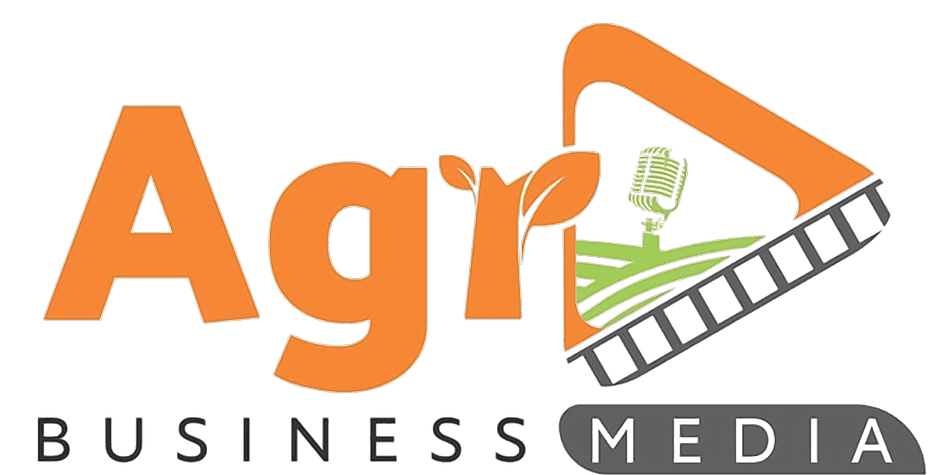Purchasing feeder cattle is a crucial step for any cattle feeding operation. To maximize profitability, you must carefully consider where to buy, when to buy, and how to calculate costs. Here’s a simplified guide to help you make informed decisions.
Where to Buy Feeder Cattle
- Auction Markets: These are the most common places to buy feeder cattle. Auctions offer a wide variety of cattle but require you to act quickly and have a good eye for quality.
- Direct Purchases from Farms or Ranches: Buying directly allows you to learn about the cattle’s background, including feeding and health records.
- Terminal Markets: These markets handle a smaller percentage of sales and are less commonly used by farmers.
For larger feedlots, cattle are often purchased through salaried or order buyers. However, smaller operations may prefer direct or auction purchases.
When to Buy Feeder Cattle
- Seasonal Trends: Research on seasonal price trends for your area.
- Market Trends: While historical trends offer guidance, prices can vary greatly year to year. Develop a feeding program that aligns with your available feed resources instead of trying to predict market fluctuations.
Calculating Costs and Break-Even Prices
To ensure profitability, calculate the break-even feeder price. This is the maximum price you can pay for feeder cattle without incurring losses.
Break-Even Price Formula:
Break-even feeder price = (fed weight × expected price of fed cattle) - (gained weight × cost per kg of gain) ÷ feeder weight
Example Calculation:
- Feeder weight: 318 kg
- Finished weight: 476 kg
- Expected selling price of finished cattle: $0.99 per kg
- Cost per kg of gain: $0.77
Step 1: Calculate Gained Weight
Gained weight = fed weight - feeder weight = 476 - 318 = 158 kg
Step 2: Calculate Break-Even Price
Break-even feeder price = [(476 × 0.99) - (158 × 0.77)] ÷ 318
Break-even feeder price = (471.24 - 121.66) ÷ 318 = 1.10 $/kg
To make a profit, you must buy the feeder cattle for less than $1.10 per kg.
Other Costs to Consider
- Feed Costs: The largest expense in cattle feeding.
- Labor: Includes time for feeding, monitoring, and health checks.
- Veterinary Costs: For disease prevention and treatment.
- Fixed Costs: Buildings, equipment, and interest on investments.
Factors to Consider When Selecting Cattle
- Performance Records: Prefer cattle from herds with proven growth and health histories.
- Physical Traits: Look for cattle with large frames, strong bones, and heavy muscles.
- Health Status: Thin but healthy cattle typically gain weight more efficiently than already-fat cattle.
- Crossbreeds: These often perform 2–4% better than the average of their parent breeds.
- Age and Weight: Younger, lighter cattle tend to gain weight more efficiently.
Feeder cattle selection requires balancing cost, quality, and market conditions. By carefully calculating costs and choosing cattle with good growth potential, you can set your operation up for consistent profits.

